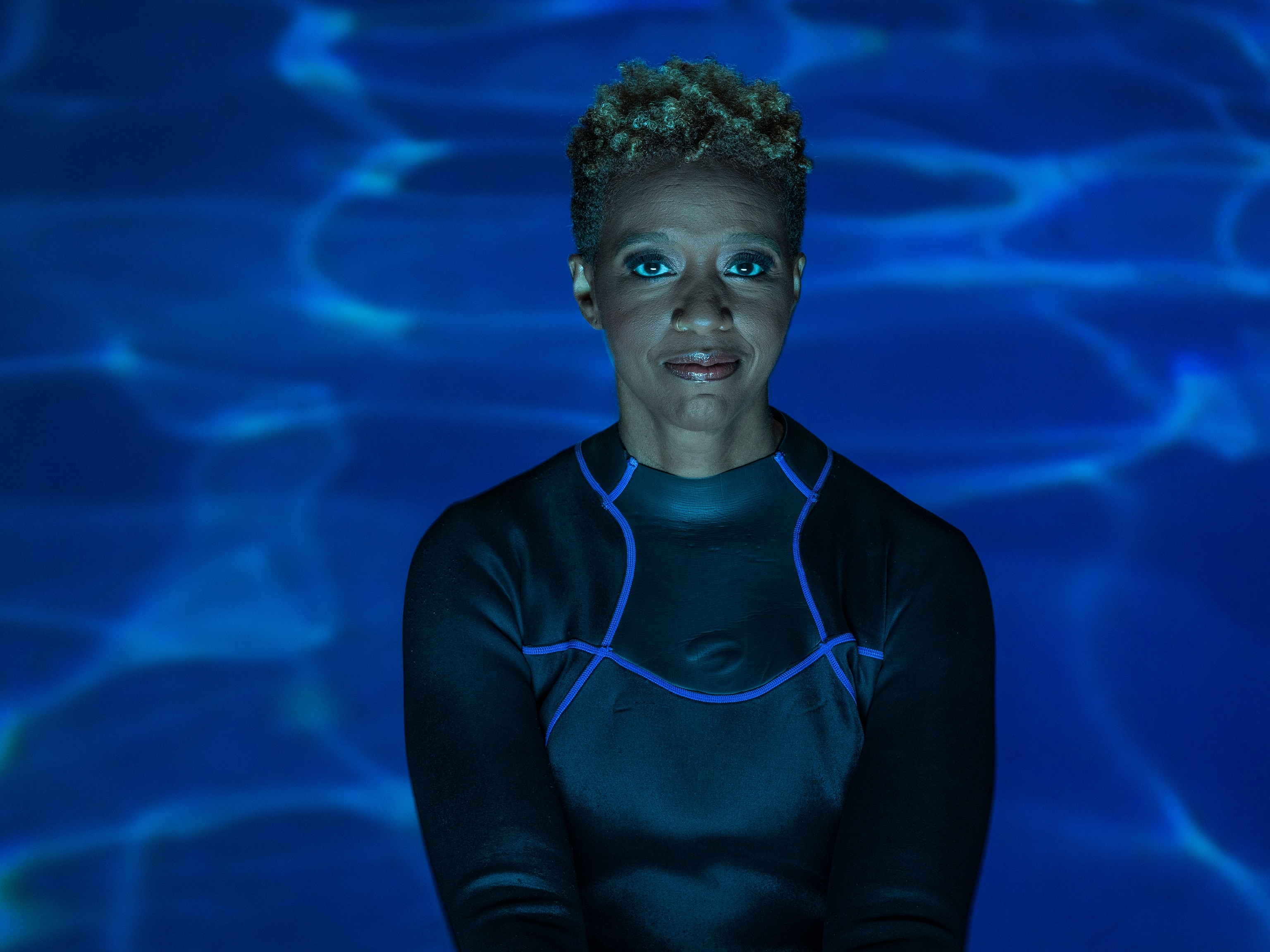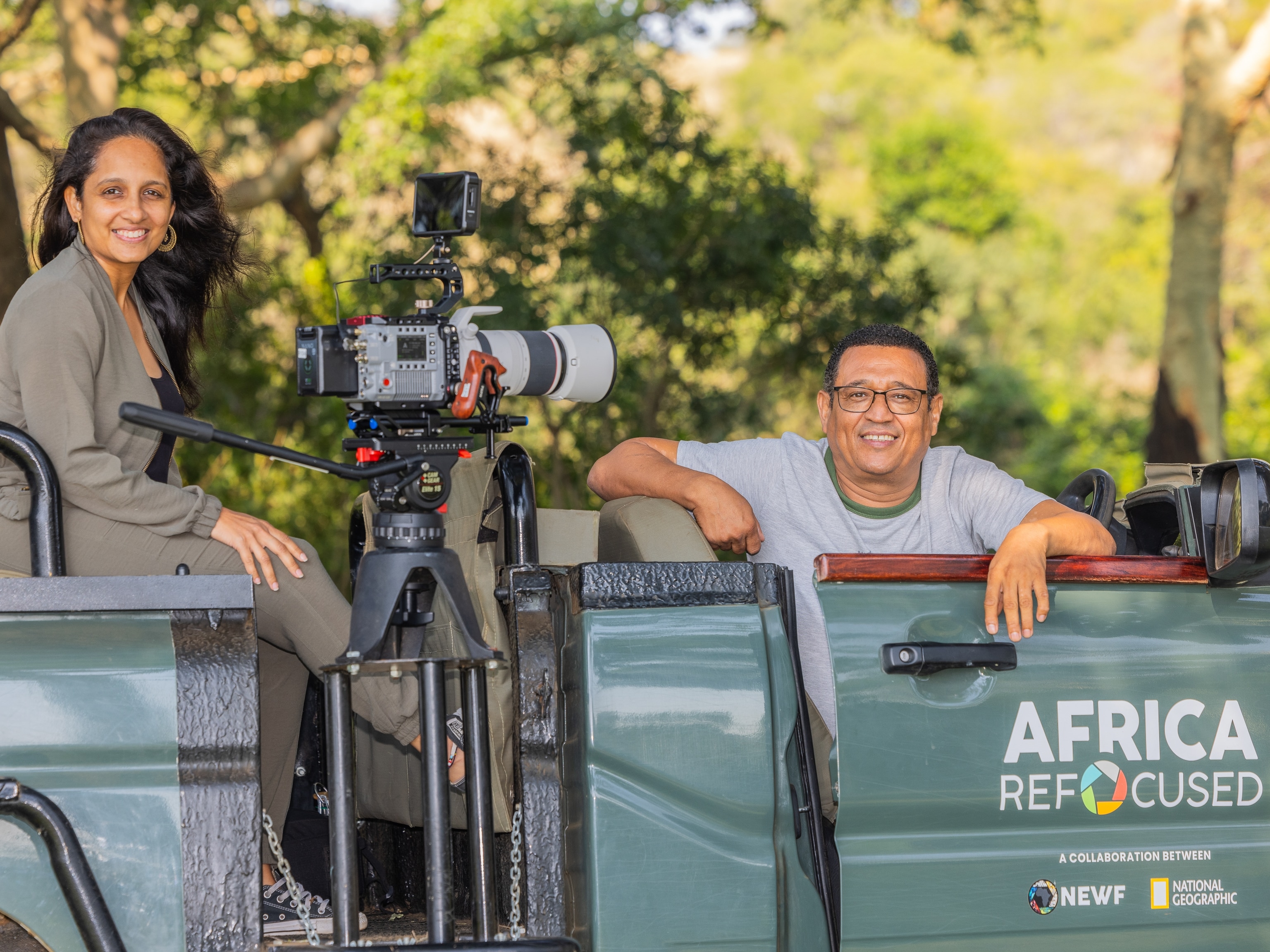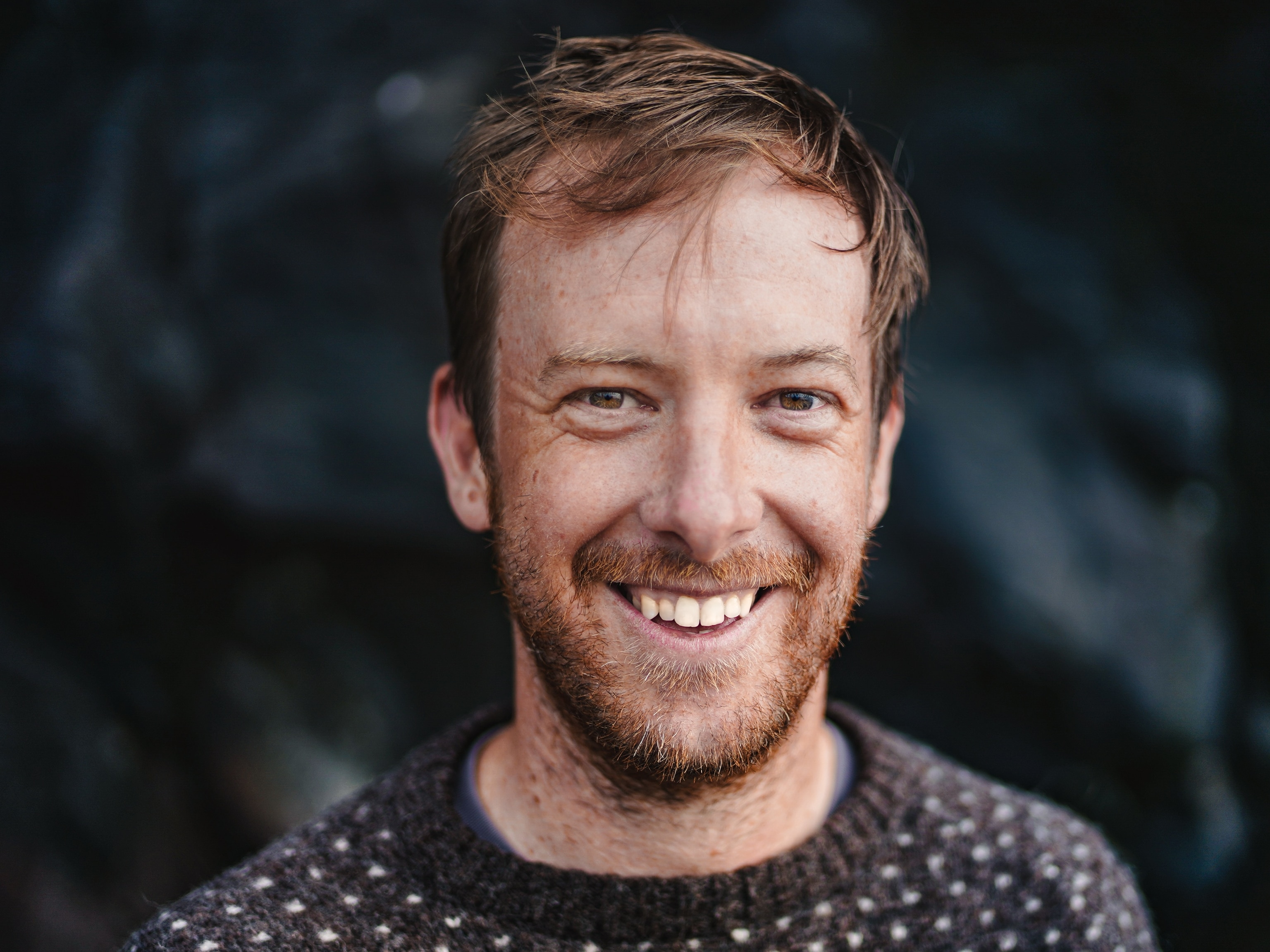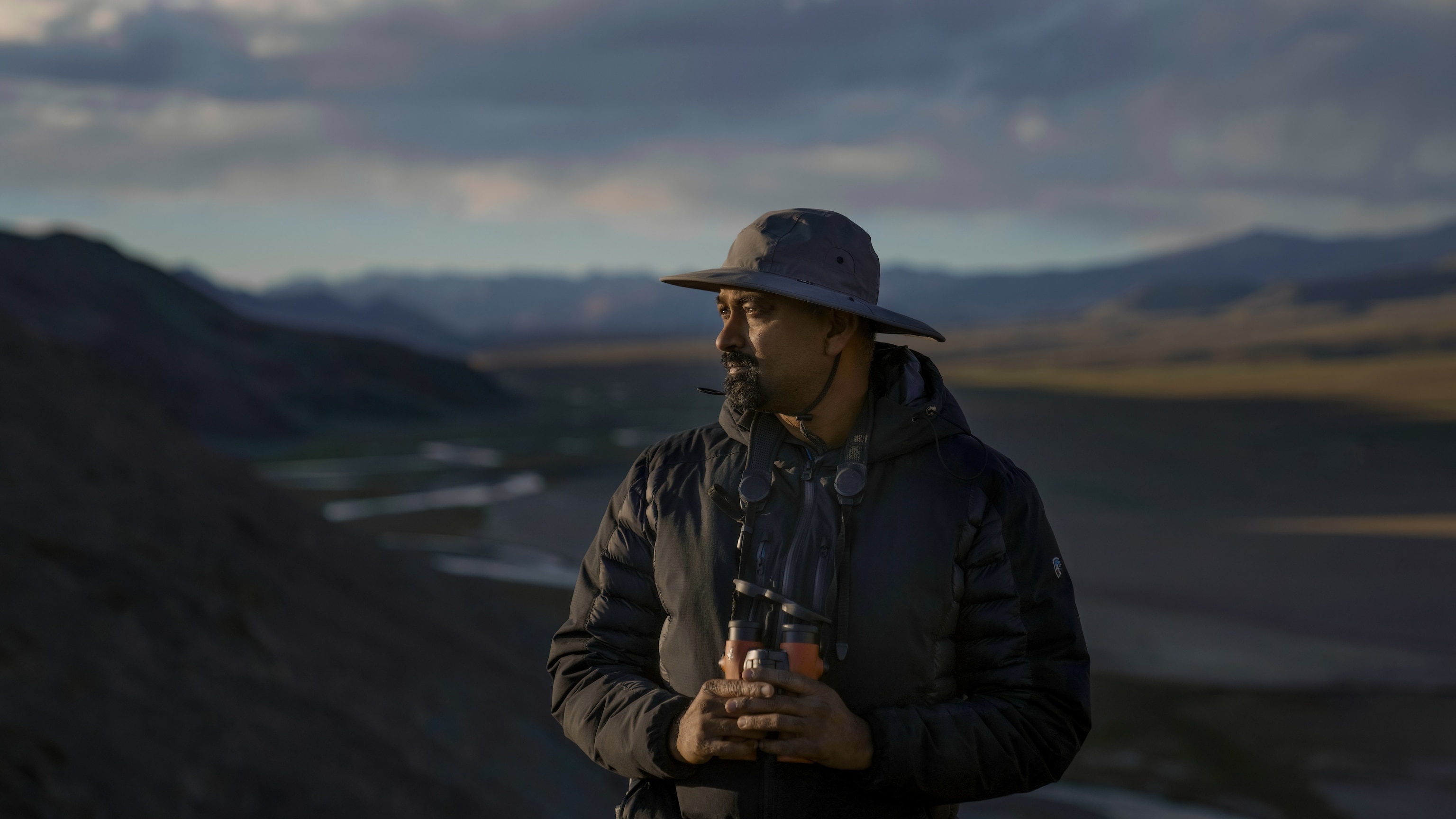
Sandesh Kadur has spent 25 years unveiling wildlife’s secrets
The photographer, filmmaker and author wields his iconic imagery as a means of conservation.
“As we’re sitting there, legs dangling down from a tree, 15 feet below us a leopard walks in the beautiful moonlight. It was one of the most extraordinary sightings of a leopard I’ve ever had.”
In 25 years of wildlife storytelling, National Geographic Explorer Sandesh Kadur has seen and documented more rare moments in nature than most people experience in a lifetime.
“Then, the leopard goes to the tree next to us and puts its paws up. It scratches the tree, puts its paws down, saws and disappears into the darkness,” Kadur recalls of the moment that set him on the course of his life’s work.
He was a 15-year-old boy in Bangalore, India who had buried himself in books about big cats, mostly books by hunter-turned-conservationist Jim Corbett. Inspired, Kadur and a friend rode their bikes into the jungle one night and pedaled toward a particular tree that sat above a watering hole, one frequented by the “man-eating tigers or leopards” described in Cobertt’s literature. Kadur had, in his imagination, camped out with Corbett in moonlit trees several times before, waiting for big cats. This time it was real.
“In that beautiful dappled moonlight and shadow, that’s when I realized that this was what I wanted to do when I grew up. Experience moments like this, capture them and share them with the world.”
As an acclaimed wildlife filmmaker and photographer, Kadur has dedicated his life to illuminating endangered species and their fragile habitats. He shares them with the world through his visual storytelling, which offers his audiences first-time glimpses into rarely-seen phenomena in the natural world, and urges viewers to protect its vulnerable inhabitants.

I believe people forget what’s not seen. So my job is to uncover the unseen and really bring the significance of those unseen species to life.
He’s tracked Indonesian birds to their breeding grounds, trailed sea turtles in Mexico and scoured the remote Himalayas looking for elusive clouded leopards with his camera in hand. His Secrets of the King Cobra documentary (2009) shows the seldom-observed behaviors of the longest venomous snakes in the world — their courting, fighting, mating, nest building, even cannibalism — and he unveiled the vital ecosystems of the Western Ghats
on film.
“To me storytelling is about transcending all barriers, influencing, and making impact.”
.jpg)
Right now, Kadur is following a century-old scientific trail through the eastern Himalayas. He is leading a team — wildlife biologists, ecologists, botanists, herpetologists, an ecohydrologist, an entomologist, a lepidopterist, a malacologist, professional researchers, birders and climbers and one medic — in the second phase of their quest to bridge the gap between science and storytelling as they discover and classify new species to academic science across India’s Siang Valley. The Expedition is a collaboration between Conservania, a nature and education non-profit co-founded by Kadur, the National Geographic Society, Kadur’s Felis Creations production house and the Ashoka Trust for Research in Ecology and the Environment (ATREE). Kadur is at the helm of the endeavor, leading the team across the Siang Gorge, following a path made by British explorers who once combed the same forested valleys for new flora and fauna.
“A hundred years ago, they compiled this amazing book called the “Zoological Results of the Abor Expedition.” Very few places on the planet have such a detailed, comprehensive report. So I thought, ‘wouldn’t it be amazing to go back 100 years later with new technology, new science?’”
The 1911-1912 Abor Expedition was conducted during a single winter as part of an infamous colonial expedition that led Europeans through the Siang Valley’s forests. The zoological survey revealed a fraction of the region’s biodiversity, from worms, frogs, insects and plants never before documented in South Asia.
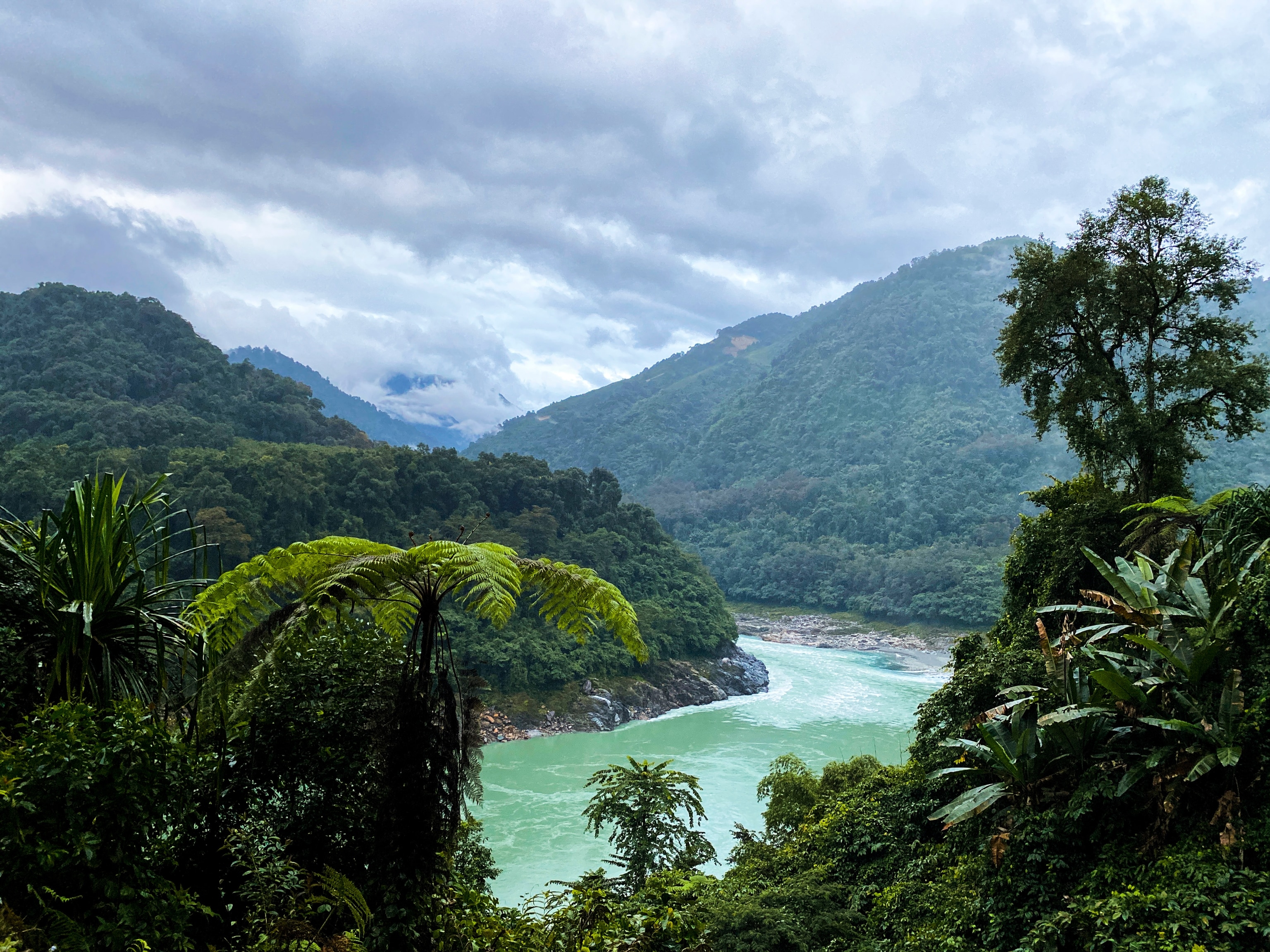
Over the course of two years, Kadur’s Expedition team has identified at least 15 new species to academic science, and rediscovered others that were once presumed lost.
“There is a four-horned beetle, never seen before. I counted. Four horns,” Kadur exclaims. The entomologist was so stumped, he lost sleep for two days trying to classify it. “It turned out to be a whole new genus. Not just a species, a whole new genus.”
“There’s a brand new parasitoid wasp. A tiny, microscopic species. One of the scientists named that one after me,” he laughs.
But the most significant finding so far is not a new species, but the sighting of a particular velvet worm that caught the eye of the Abor scientists a century ago. Typhloperipatus williamsoni was described first in 1911, but remained an enigma until Kadur’s team spotted a few again more than 100 years later.
“It’s referred to as a living fossil. It is one of the most ancient biological creatures on the planet.” Kadur explains. The animal is a brownish-red color, has no eyes and more than a dozen legs.
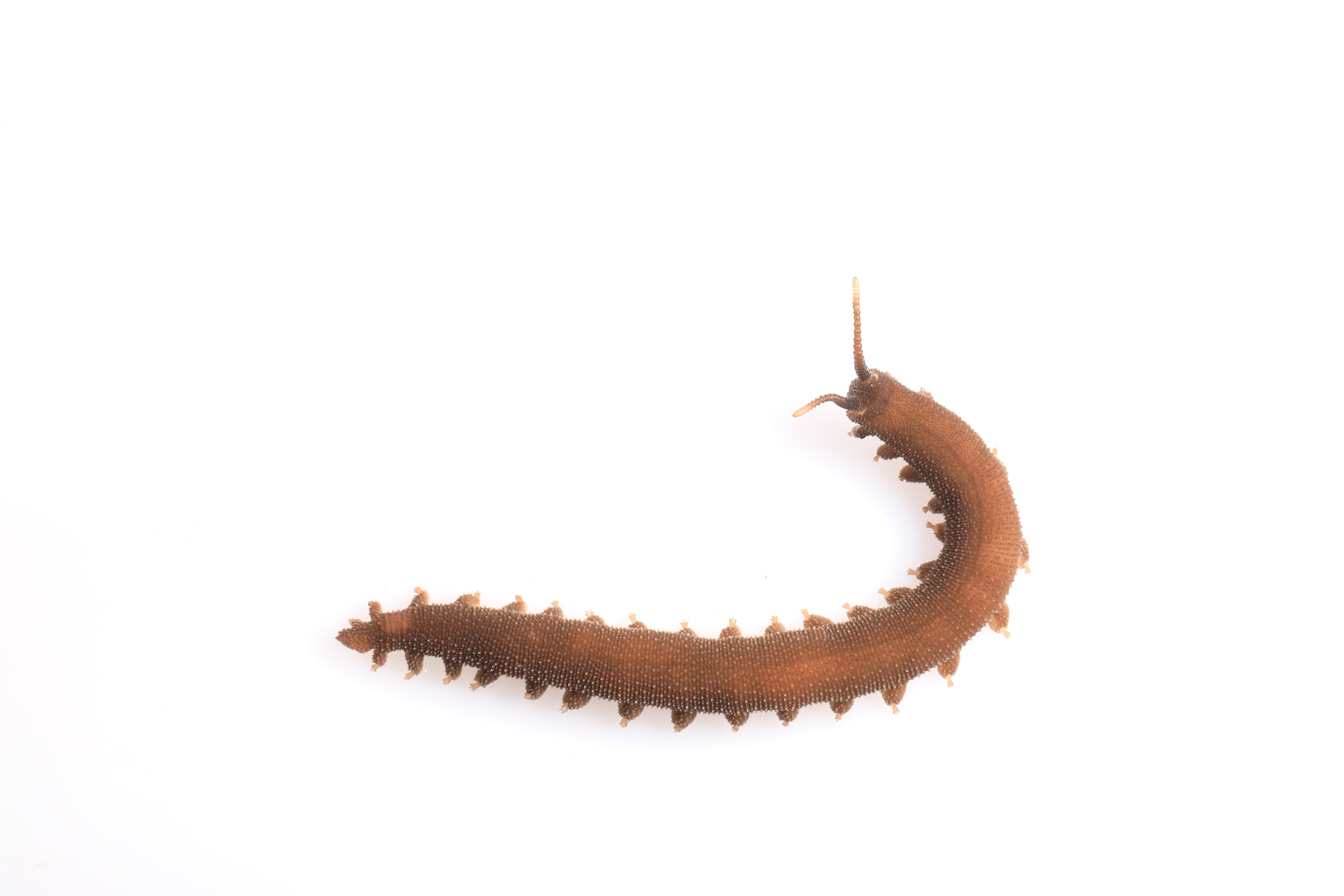
And its mysterious distribution between India and the Andes suggests an ancient migration that likely occurred before the split of a supercontinent, Kadur explains.
The Siang River translates to “the river that flows through our heart” in Adi, explains Kadur. It is derived from the language of the Adi people who inhabit the state of Arunachal Pradesh. “Its sanctity is reflected in its name alone,” says Kadur, and the water flow supports more than 500 million people — but it is not fully protected. The boom in hydroelectric dam construction is threatening supply and local livelihoods.
“Our hope is that some of these urgent studies that we are doing shows the significance of the findings, and the importance of conserving this system, which is important to all life,” says Kadur.
I think that the kind of impact storytelling can have can last a lifetime. It can last generations.
Kadur has risen through the ranks as an avid advocate for global conservation efforts, known for his up close and at times cheeky storytelling. His films have appeared worldwide on the National Geographic Channel, the BBC, Netflix’s Our Planet and more. He’s also been named the BBC’s Photographer of the Year, and Environmental Photographer of the Year by The Chartered Institution of Water and Environmental Management (CIWEN). He was twice nominated for Green Oscar nominations at Wildscreen Festival.
“I believe people forget what’s not seen. So my job is to uncover the unseen and really bring the significance of those unseen species to life.”
His love for nature, particularly birds, oozed out of him since he was a kid. He remembers his first camera, borrowed from his father when he was 12 or 13 years old.
“Oh it was this magic box. You could freeze a moment and then see it again later. A “technological marvel” at the time.
His entomologist father got him looking at the small things. He began intentionally focusing his lens from species to species, from small insects to enormous elephants, trying to understand what he was looking at. “My primary interest has always been to figure out what things are. Basic, fundamental science.” He would develop the camera film weeks later, annotating the settings he had and reattempting the shots. “The learning process was slow and tedious but also fun and deep-rooted.”

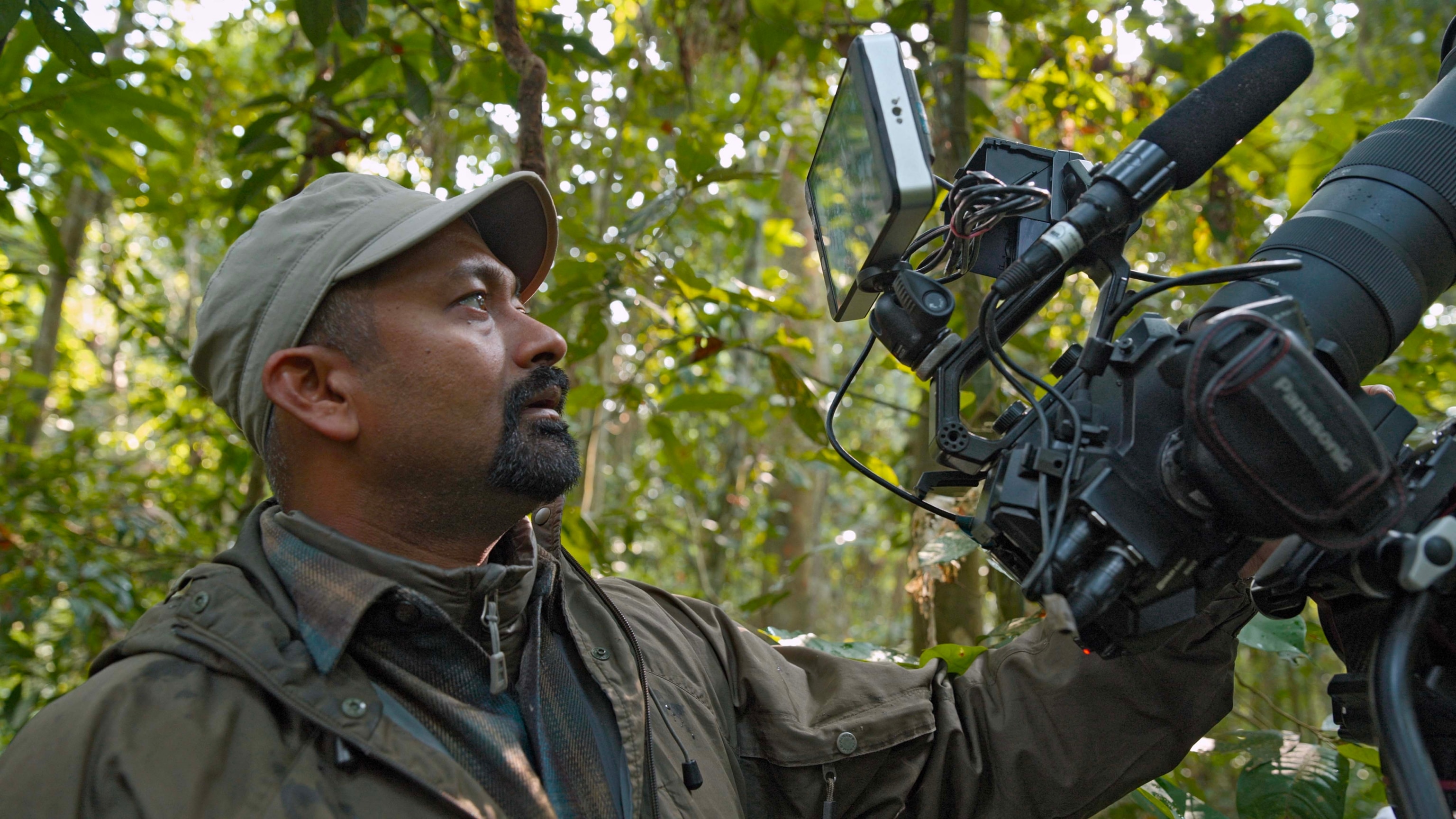
As he got older, his love for nature grew, but his studies suffered. “I continued to go out and sit in a tree on full moon nights, but it didn’t really help with finishing school,” Kadur says. “When you fail in high school in India, that’s the end of the road.”
In an attempt to rebound from his deviation, he set out to study hotel management thousands of miles from his childhood exploration grounds in Bangalore, and relocated to Brownsville, Texas.
It would prove an unlikely catalyst for his eventual return to storytelling.
Along the United States coastline and straddling national borders, Brownsville gave Kadur easy access to Mexico’s cloud forests. His fame as the “bird guy” landed him a job as a jungle tour guide for Audubon Sierra Club groups. He mingled with other nature lovers, including Belgian filmmaker John Bax, who had just wrapped a project in the Mexican cloud forests. Kadur introduced Bax to the same cloud forest systems of western India. They prepared to embark on a documentary project together, with Kadur as Bax’s apprentice, but Bax had to drop out just before they set out.
If 19-year-old Kadur, who until this point had never worked in film, wanted to still pursue the project, he was on his own.
One of his college professors covered Kadur’s costs on a personal credit card. “Bless his heart … he buys me my first camcorder and tripod and sends me off.
Kadur read the equipment manuals on the plane and wound up spending three years back in India, refining his skill on this single piece of work. When he returned to Brownsville, his community college had become The University of Texas. The institution, which does not have a filmmaking department, awarded him a degree in biology.
“Sahyadris: Mountains of the Monsoon” (2008), Kadur’s first-ever film, premiered the mountain jungles that house some of India’s most iconic wildlife to the world: lion-tailed macaque monkeys, king cobras, and other species caught for the first time on film, like the Pogeyan, known as the “smoke cat” in Sanskrit language.
Recognized as one of the world’s hottest hotspots of biological diversity, the Western Ghats were designated as a UNESCO World Heritage Site in 2012, with help from Kadur’s film, which continued to win awards globally. More and more films followed.
“Karma,” he laughs.

In 2013, Kadur became a National Geographic Explorer. He’s since had dozens of photography features in National Geographic magazine and other print publications, becoming known as an avid advocate for wildlife protection through his work.
He says he stuck with visual storytelling because of its universality. Across cultures and generations, humanity has used pictures to share experiences, emotions, ideas and traditions. In his own quest to unearth narratives about the planet’s delicate and rare life, he’s come across the fingerprints of human storytelling across ages.
“In Nagaland, northeast India on huge wooden panels, they had carved pangolins, elephants, king cobras. Several hundred years old. In the monasteries of Bhutan, the monks have painted raptors carrying away a serpent in this beautiful fantasy,” Kadur says. “Visual art has conveyed stories for millennia. Now we’re doing that with technology, and it will continue to advance.”
“I think that the kind of impact storytelling can have can last a lifetime. It can last generations.”
He thinks back to the stories he would disappear into with Corbett. What prompted him to chase the leopard that night. What set off his trajectory and sent him a whirling rush that has carried him to now.
“Even now I still get the same rush, 25 years later. It’s extraordinary how being out in the wild never gets old because everything is new every time. I think that’s what keeps it fresh and that’s what keeps it original, is the feeling that it's never the same.”
ABOUT THE WRITER
For the National Geographic Society: Natalie Hutchison is a Digital Content Producer for the Society. She believes authentic storytelling wields power to connect people over the shared human experience. In her free time she turns to her paintbrush to create visual snapshots she hopes will inspire hope and empathy.
